I paddled out in the clear 80°F water with equal parts excitement and trepidation, the emotions creating a similar affect of adrenaline which was oddly helpful as I dived under the oncoming swell and stroked hard through the lull to make it outside. Yankee was firing for sure and what had little meaning to me from reading the break description beforehand was immediately obvious: a wedge shaped wave rose quickly and broke left with considerable snarl. I think the phenomena is created from the abrupt change in bathymetry and the shape of the underlying rocks, but at the surface it manifested as if two perpendicular waves collided and combined; their interference pattern creating a peak twice the amplitude. But this was no static mountain, it twisted slightly as it formed and then broke and curled dramatically in the center spilling a hopeful surfer out to the left with more than a little bit of a shove.
Amazingly, right as I made it out the wave rose up and I turned and paddled shoreward, hard. The lineup at Yankee had the most people I’d yet seen in the water in Nicaragua—though nothing compared to my home break—but most of the riders were too far out and struggling to get on the waves. I was enough inside to get picked up quickly and the ensuing ride was a taste of what the rest of the session would hold for me. This wave had a kick and you had to both get up fast and move down the line without hesitation. After that first wave, it was a while until I caught another. I missed a few and spent a bit more time studying the break and dancing with the magnets as the sets came through and sent many of us diving. I only had just begun to be able to successfully execute a duck dive and this skill was the one thing that kept me out that day.
To duck dive, from a prone position on a surfboard, paddling out towards the white water of the broken (or breaking) waves, one has to submerge both the board and your body in time with the moving wave so that you pass underneath and avoid the force of the white water pushing you back to shore. This is easier said than done and especially dependent on your weight and the volume of the surfboard you’re riding. Smaller boards are much easier to dive because they are easier to sink. However, small boards are considerably harder to paddle because they don’t float as well so you have to be stronger to move fast enough to catch waves. In order to actually execute the dive you paddle hard toward the oncoming wave and just as it’s about to hit you, you first sink the nose of the board, then kick the tail down and forward with all your weight, and lastly pull your body in behind the surfboard following a curving path underneath the wave to surface back up the other side. If you do it right, you slide under the main force of the wave and the buoyancy of the board pulls you up to the surface of the water where you can immediately get back to paddling out. If you do it wrong, the wave clobbers you, your board acting like a huge under water sail. You get dragged towards the shore, held under against your will and have to find and get back on your board to get headed in the right direction again. I have executed a large number of failed duck dives and can confirm is exhausting to do it wrong.
After a bit of time to get my head around the wedge, I started really catching waves. The surf was large (for me) and one particularly memorable ride sent me barreling down the line just out of reach of the collapsing wave. I don’t think I’ve ever gone that fast on a surfboard and was honestly surprised to be on my feet and heading in the right direction. There really wasn’t time to think. I paddled, felt the wave pick me up, my board dropped out from underneath me as I came to my feet, and I immediate got on my front rail and just went whooping across the green spread. Later, another wave gave me a bit more time to maneuver and I got to make a fast, sweeping backside top turn before exiting by launching myself back out to sea on the closeout section.

Our trip to Nicaragua wasn’t only about surfing, but I did get out on the water almost every day primarily at Playa Escameca, the beach right at the bottom of the stairs of our residence at Costa Dulce. To be perfectly honest, Nicaragua was an entirely arbitrary destination. It had good surfing and was both affordable and off the beaten path a bit. Besides, none of us had ever been to the country before.
To get there, we glanced off Houston and arrived in Managua right on schedule the night of the 27th of July. The girls wide-eyed as we caught a taxi to our hotel and then waited at Central American pace to get a room. “Is this really where we check in?” asked Ellery as we disrupted the tin roofed, barely lit, open air lobby with our nervous energy. We were in the partial dark of a neighborhood at the edge of Managua. Dirt roads, construction, and idle conversation surrounded us, but we couldn’t see much of the country yet.
The morning greeted us with a three hour drive across the country from Managua to south of San Juan del Sur. We stopped a couple of times along the way—Alfonso our driver performing tour guide duties—once to look out from the town of Caterina across La Laguna de Apoyo, an old volcano now holding a large lake in the caldera, and again to touch Lago Nicaragua and get a glimpse of the two volcanoes on Ometepe: Concepción and Maderas. Nicaragua was green and beautiful. Farm and pasture land graced our windows along with lakes, volcanoes, and people of all sorts. We saw horses grazing un-attended in the medians of the highways, cows being driven home at the end of the day taking up their own lane of the road, chickens, roosters, and always dogs. The road infrastructure was very good and the byways we drove through were by-and-large clean and well maintained. We saw lots of construction and roadwork everywhere we went on this trip and every little town had an easily recognizable school house. In the last few miles of our journey the roads got smaller and smaller: paving turned to cobble stone in San Juan and then dropped off into dirt as we headed out to the Pacific. The last mile was a 4WD road up to Costa Dulce perched on a hill overlooking the ocean. We stepped out of the truck into paradise unknown and promptly sat down to lunch.
The food at Costa Dulce was fantastic: 3 meals a day cooked onsite by a lovely team of Nicaraguan women whom we adored. We did not starve, and while gallo pinto was a staple, the menu was amazingly diverse and international. Lots of fresh fruit, beets, carrots, avocados the size of large melons, chicken on the grill, curries, and soups. Always smoothies (fresh fruit blended with ice) at breakfast and local coffee. Both Ellery and Louisa went from being entirely unsure and intimidated by all the new food to trying just about everything—plus the women in the kitchen loved their presence and often went out of their way to include options they would like.
Costa Dulce itself is a maze of stair cases between red ceramic tile and thatched roof huts peaking out from the canopy towards the half-moon fingernail of Playa Escameca—a white sand, red rock bordered beach that we often had entirely to ourselves. The noise of the breaking surf was a constant backdrop to everything at the resort providing the best soundtrack for sleep, but also magnetizing us all back to the beach to play in the waves. We had a single bungalow to ourselves: beds in a row on a small raised platform, a toilet, a shower, and a porch with a bench and a hammock. It was tiny and glorious. We really just lived on the beach for 11 days, minus a few field trips to explore the surrounding areas. We explored San Juan del Sur one afternoon—eating ice cream to beat the heat and dodging tourists. We walked out to the point on the north end of the beach for sunsets or to watch the surfers from up high. We braved the crab forests to visit the howler monkeys at dusk: spotting a half dozen of them and a few babies. We combed the beach for treasures, built sand castles, body surfed the waves, and explored the tide pools. In the evenings we’d have happy hour at the bar (also overlooking the ocean), the girls drinking some flavor of local soda and Kate and I enjoying a Toña or Victoria while the sun was peeled from the sky dripping colors into the ocean and painting the waves, the clouds, and the cliffs of Costa Rica in the distance brilliant shades of peach, mango, and papaya, until the fruit smoothie ocean would disappear into the ink of the night and the bell would ring for dinner.
Kate spent many an evening on turtle patrol, and the girls and I joined her a couple of times, though we were never as fortunate with our sightings. A conservationist named Tim had just started a new project on this beach to save sea turtles (nearly all species of sea turtles are classified as endangered) and his work involved patrolling the beach at night to beat the poachers to the fresh nests. He would follow and ensure the mother turtles could safely lay their eggs and then move those eggs to a hatchery that was guarded 24/7 (i.e. he was sleeping on the beach next to them). By the time we got there he already knew most of the regular poachers on the beach and had many of them working for him: offering to pay for any nests they found. Kate’s many nights patrolling the beach and guarding the hatchery were rewarded by observing a mother lay her eggs (84 of of them!) and helping to move eggs and surrounding sand safely into the hatchery. Her other reward was a bout of Zika when we returned to the states (you can’t wear DEET-based mosquito repellant around the turtle eggs).
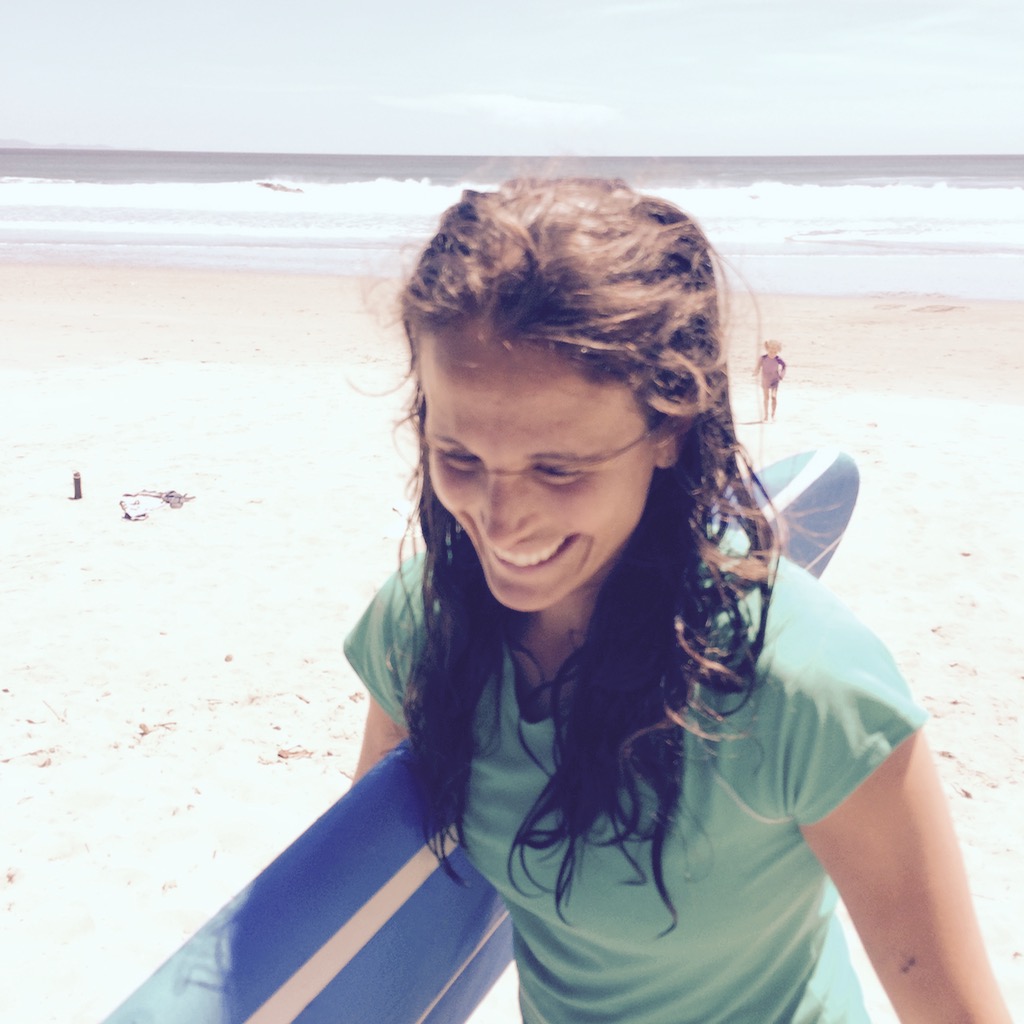
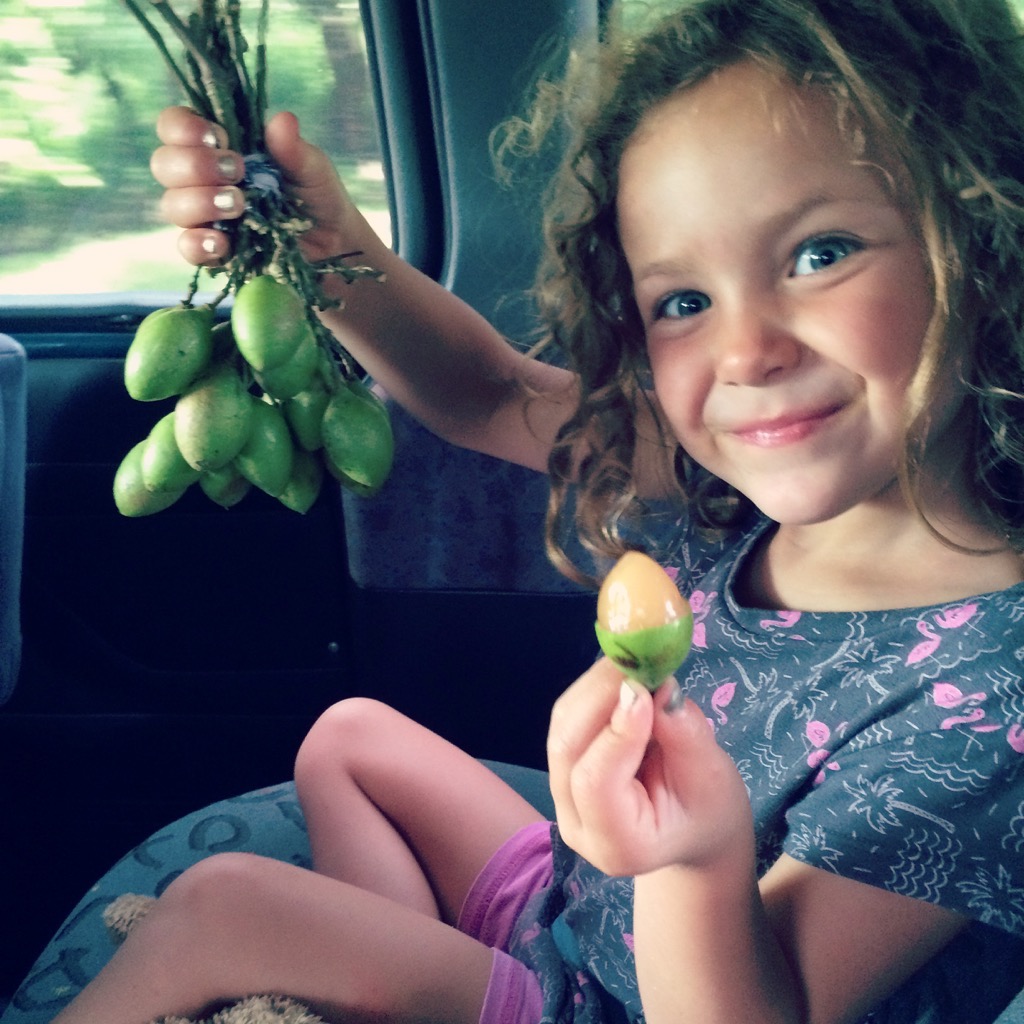
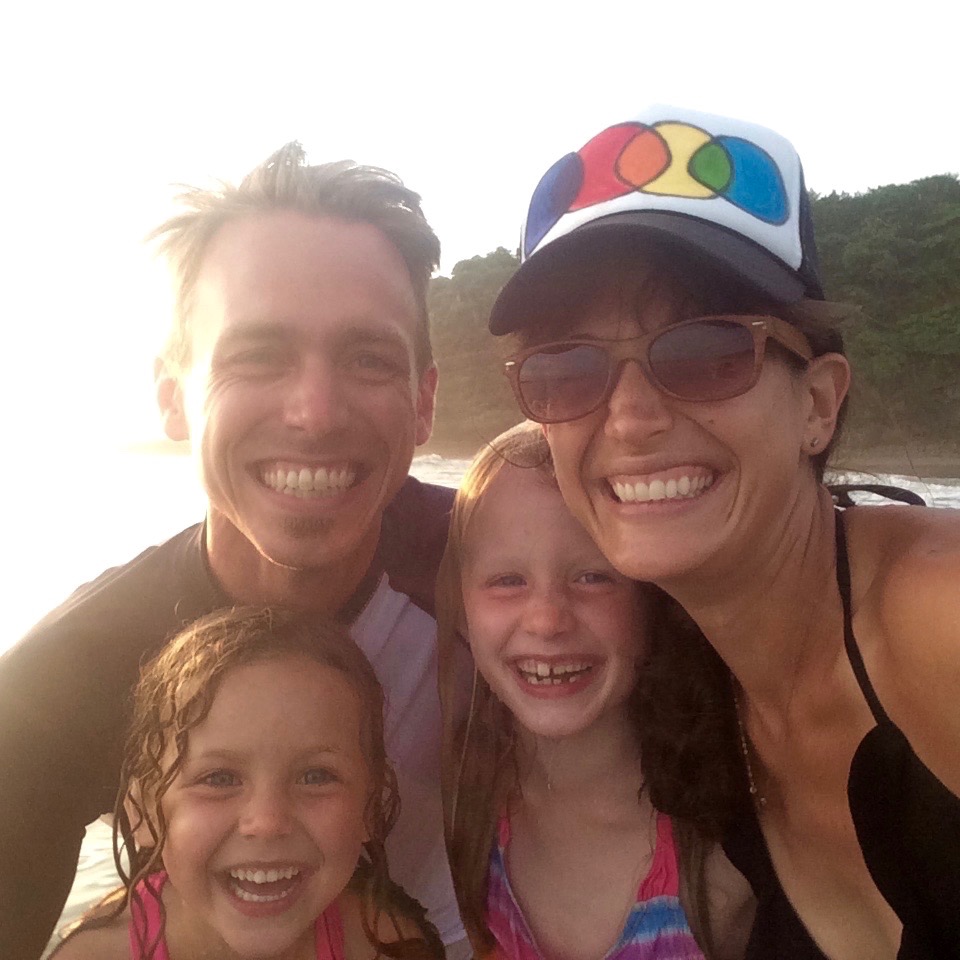
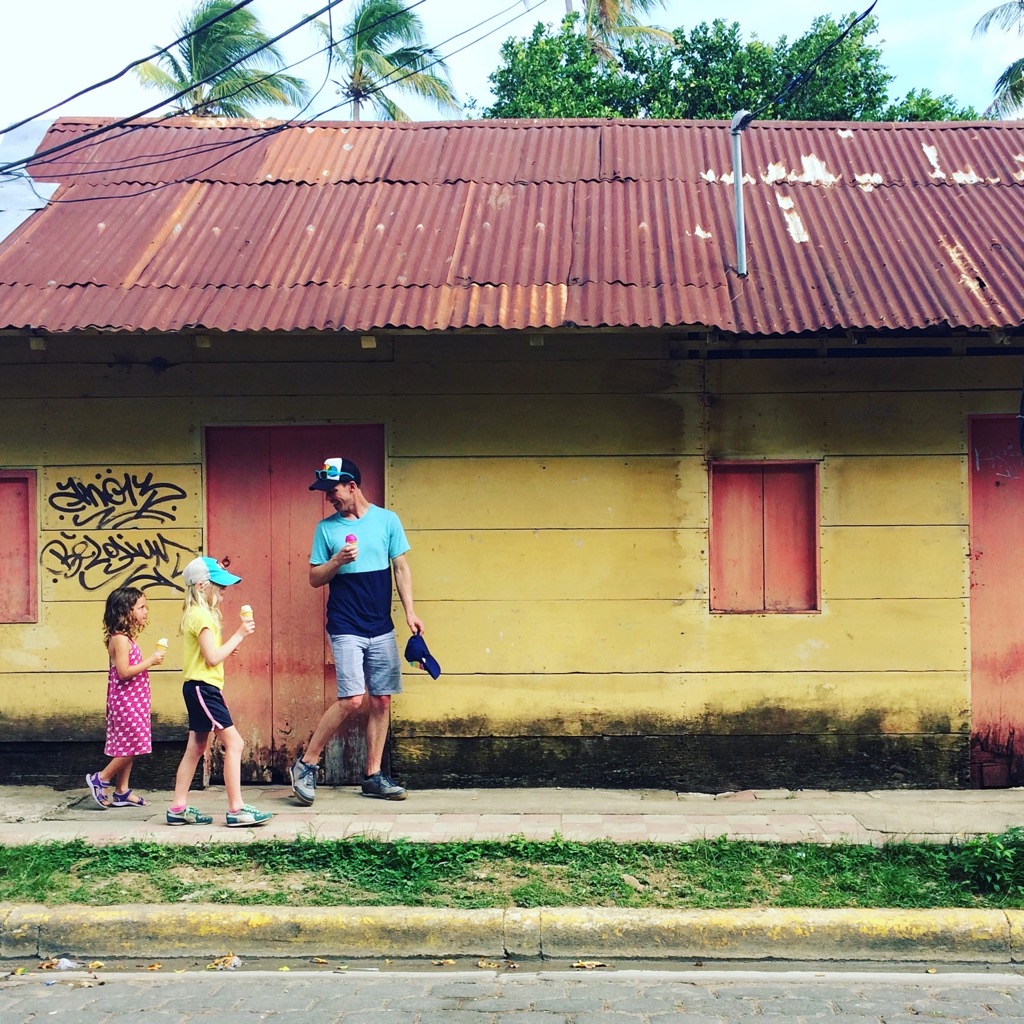
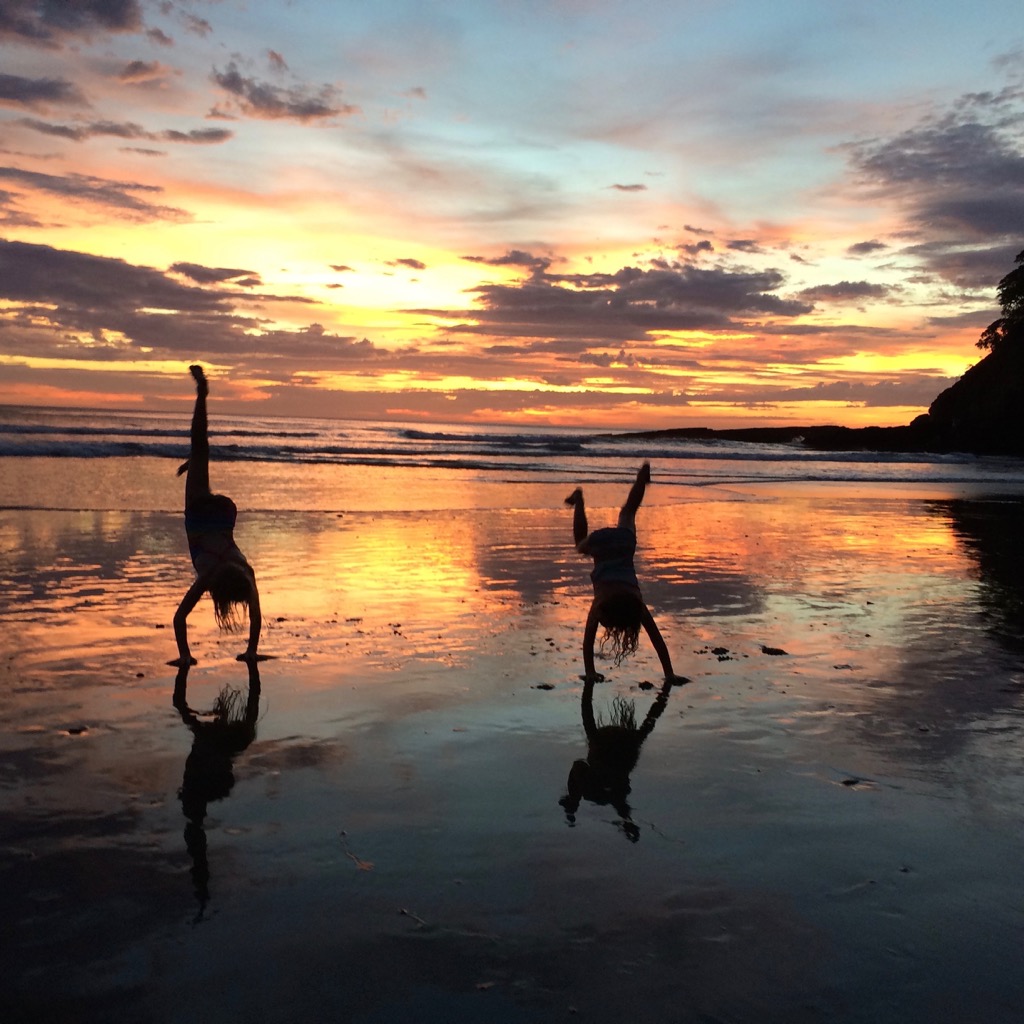
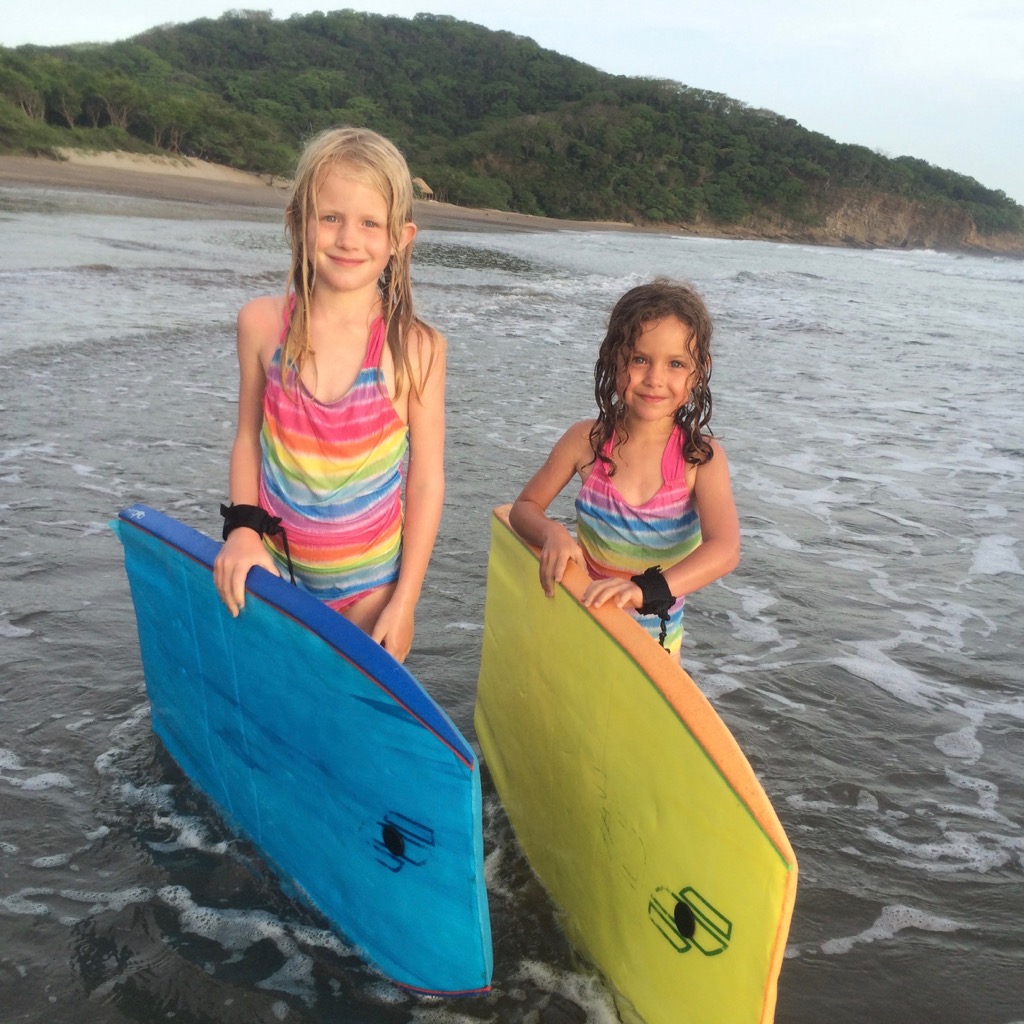
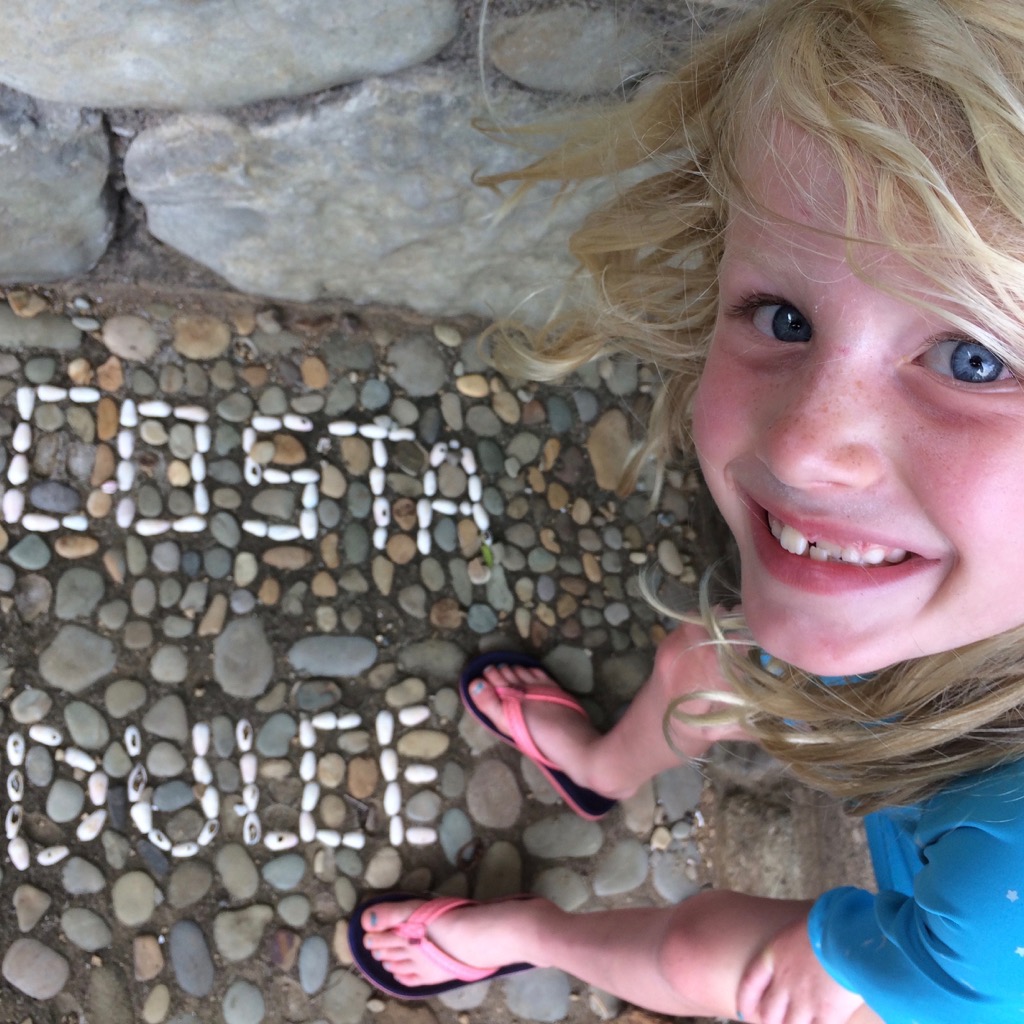
The days at Costa Dulce blended into each other, routines blurring the passing of time. We finally emerged at the end of our hibernation from the world, bid our hosts adios, and caught a ride to Granada for the last two days of our time in Nicaragua. Granada was a different world: colorful colonial architecture and bustling streets, markets, and restaurants. In between smoothies, we played tourist: visiting the Masaya Volcano and touring the isletas on a boat. Masaya was the highlight, an active volcano that you can go visit up close and peer down into one of the calderas to see lava actively bubbling and boiling! And then we were flying home, braving US customs, and limping north on the 101 in our aging Subaru to familiar beds and the well known cacophony of urban sounds that assured us we were home. That night, I dreamed of surfing.
I spent almost 8 hours in the water our last full day at Costa Dulce. My arms were spent and the swell wasn’t huge so I pulled out a 10’ longboard and was duly rewarded with some of my favorite surfing of the trip. In the morning, the right on the point started going off with huge curling drops that mellowed out into long nose riding territory almost all the way to the beach. To make the backside drop on the log I was riding required holding my rail and crouching low, but then I could walk the board a bit—testing my balance and the nose. My last session was into the dusk, trading waves with turtle Tim, and playing on the nose of my board again. My wave count that day probably exceeded total waves caught to date on the trip. The last few rides were in the vanilla sky fading light and inky blue-black water. A few nights before I’d surfed the obsidian glass well after the sun went down—the fading light painting my path absurdly orange and red and pink. On this night and the night after surfing Yankee I remember distinctly lying in my bed, unable to sleep, replaying my favorite rides over and over again in my mind—all the sensations so raw and fresh that with my eyes closed and the surf roaring beyond my bed it was just a hair shy of reality.
